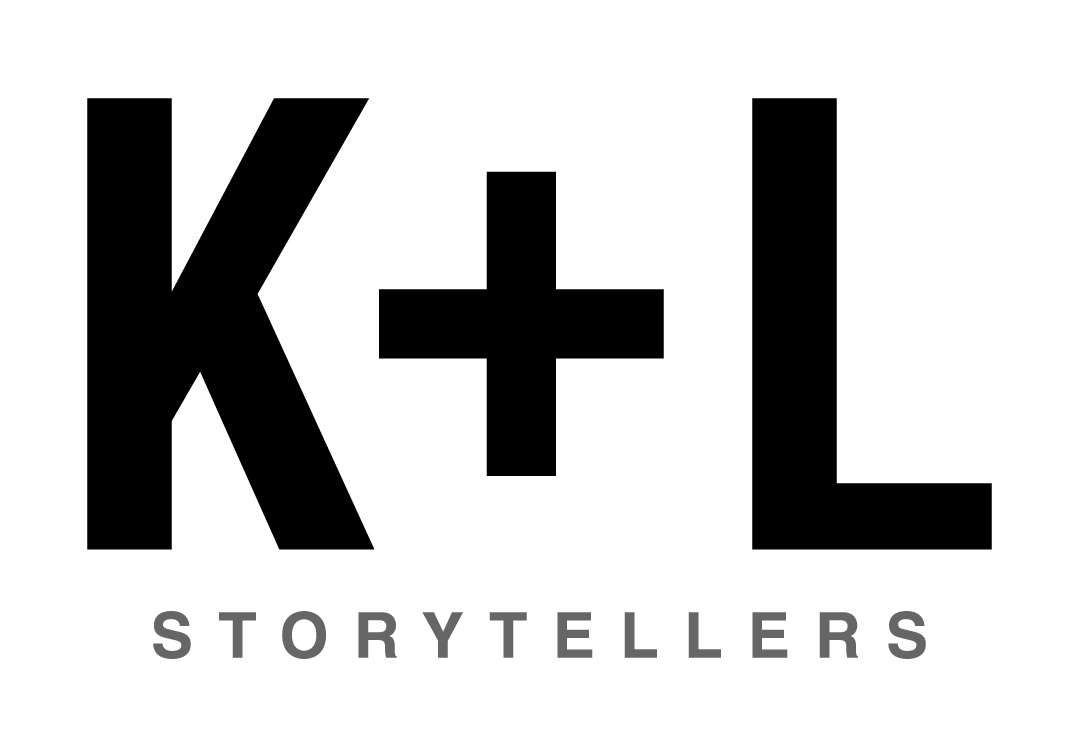This Spring Break, Ask Your Children to Tell You a Story
As a corporate storyteller and copywriter, words are my playground. I would flip through our 30,000-pound, hard-covered dictionary as a child, my finger landing on random words. This is how I learned the word "philoprogenitiveness" (it means a love for one's offspring) at age seven. (My offspring, by the way, cringe when I share this quirky childhood indulgence😂.)
What is Your Company’s Spirit Animal?
Animals have a way of being memorable, from our first pet to our school moniker. It’s one reason companies like to use animals in their brand story because stories are memorable.
3 Questions to Turn Values into Palpable Energy
Values fuel our lives. They are our uniques — for us as individuals and as companies. Our flags, planted firmly in the ground, show red with vibrant love for others, pure white for honesty in all matters, green for our respect of the earth, and rough hewn browns for the value of being approachable and down-to-earth.
What are your colors and how are you changing the world of your customers and work-mates with them? Let’s explore together.

















